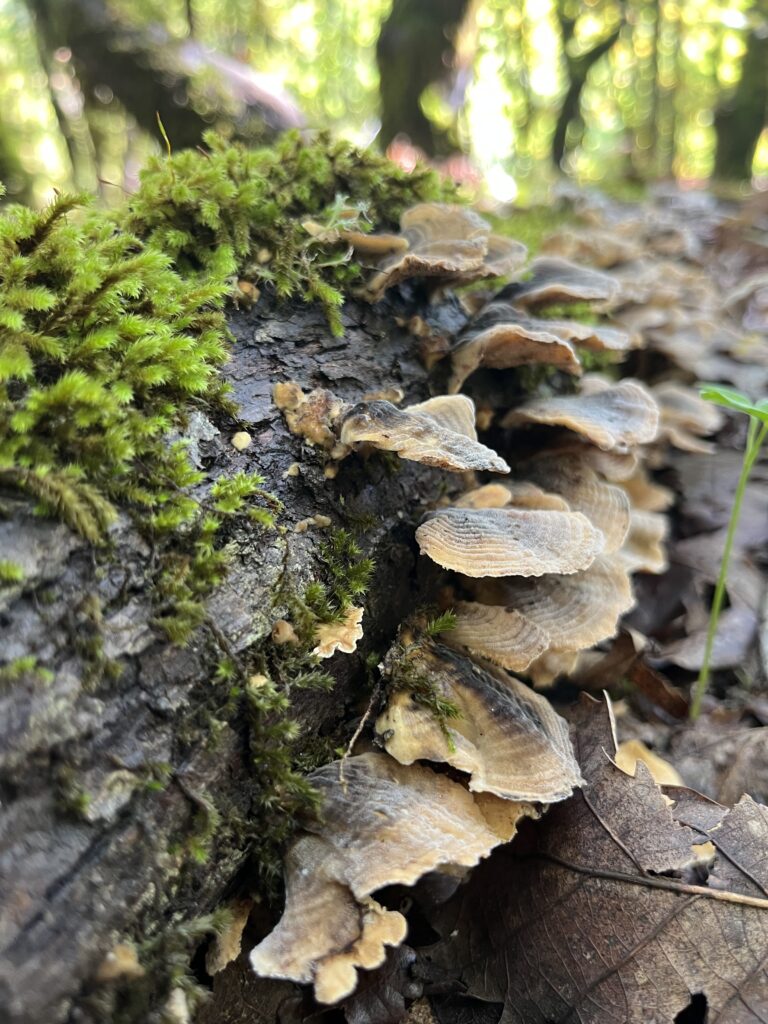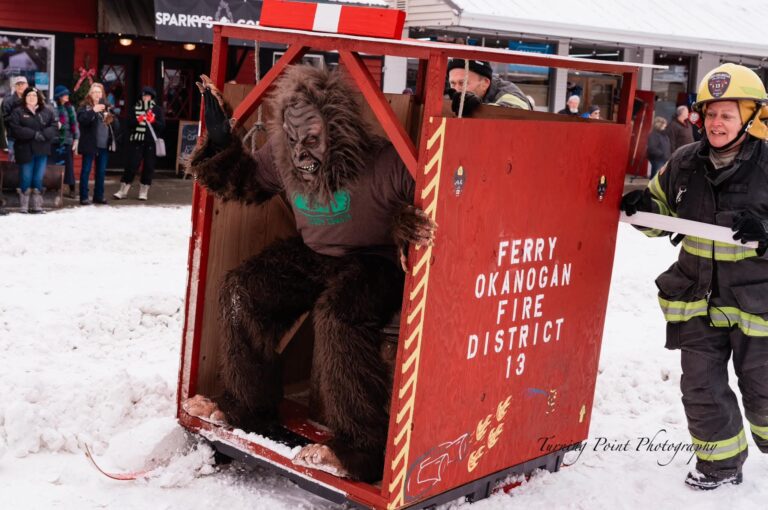Planet Ice: A Climate For Change
James Martin
Braided River, 2010, 176 pages.
Suggested alternate titles: Ice: A Love Story; An Elegy for Ice; or Ignore the Melt at Your Peril!
Forget polar bears. Rapidly retreating ice flows, sea ice and glaciers could spell major disaster for another mammal at the top of the food chain. By the time the gorgeous grizzlies of the Arctic go by the evolutionary wayside due to disappearing sea ice (along with ringed seals and hundreds of other inter-dependent species), human beings will be in big trouble.
Planet Ice is deceptive. At first glance, you might think it belongs on your grandma’s coffee table. The exquisite photographs of ice and its web of existence that James Martin traveled the world for years to make are worth the price of this oversized hardback. Yes, Planet Ice is a top-notch table nature photography book. But I urge you to invest in this publication not only for the stunning images, but for the engrossing essays, graphs, charts, maps, and glossary of ice language, that teach us what we should know about the major and complex role ice plays in the health of planet Earth and its inhabitants.
Flip through the pages of Planet Ice and travel to Antarctica, Greenland, Baffin Island, the Alaska Range, Mount Everest, Patagonia, Mount Kilimanjaro, the Alps, the Canadian Rockies, Glacier National Park, Ecuador, Washington’s Cascade Range, Alaska’s North Slope, and China’s Three Gorges. Or better yet, dig in and read while you travel.
Martin assembled an impressively qualified group of writers for the compelling stories and call-outs accompanying his photographs, including Patagonia founder Yvon Chouinard, polar bear expert Ian Stirling, ice scientist Richard Alley, and glaciologist Gino Casassa.
Whether you are into alpine climbing, beauty, penguins, polar bears, or billions of Asians having sufficient clean drinking water in the near future, reading Planet Ice is a must for Earthlings of all ages.
This book has earned permanent coffee table parking status.
Angie Dierdorff
The Collector: David Douglas And The Natural History Of The Northwest
Jack Nisbet
Sasquatch Books, 2009, 290 pages
The inland northwest’s premier historical biographer, Jack Nisbet, has produced another insightful treatise on one of our more important early visitors. In The Collector Nisbet adds the life of David Douglas to those portrayed in his other two biographical works, Sources of the River (David Thompson) and The Mapmakers Eye (Thompson and artists Paul Kane and Warre).
As with his earlier works The Collector is well researched. Using Douglas’s field notes, journals and letters Nisbet gives us a clear picture of the botanist / gardener’s enthusiasm for parsing out the botany of the Pacific Northwest. He carries us along with Douglas as he travels by canoe, on horseback and for far too many miles on foot searching for botanical treasures.
Through his visits with Jaco Finlay and Spokane Garry Douglas he provides us with one of the few glimpses we have of Spokane House after being abandoned by the Hudson’s Bay Company.
The teacher in Nisbet peeks out through the tidbits of trivia he sneaks into the narrative. Notes like the origin of the scientific name of the tree, pseudo tsuga menzesii, whose common name honors Douglas inform us at a deeper level. While we know the tree as the Douglas fir, Douglas named the tree after one of his mentors Archibald Menzies. These sidebars help the layreader understand the nature of scientific nomenclature and how the discoverer of a new species gets to name that species.
If you are interested in the natural environment that surrounds you in the Northwest you will enjoy reading The Collector. You will rejoice with Douglas at each new plant he discovers at a time when most of the plants in this part of the world were “new” to science. You will sorrow over his untimely death in the wilds of Hawaii and wonder at the circumstances of his passing. In short you will see through the botanist’s eye the flora of the Northwest before the Columbia was dammed, the desert planted to wheat and the forests logged.
Stan Miller













